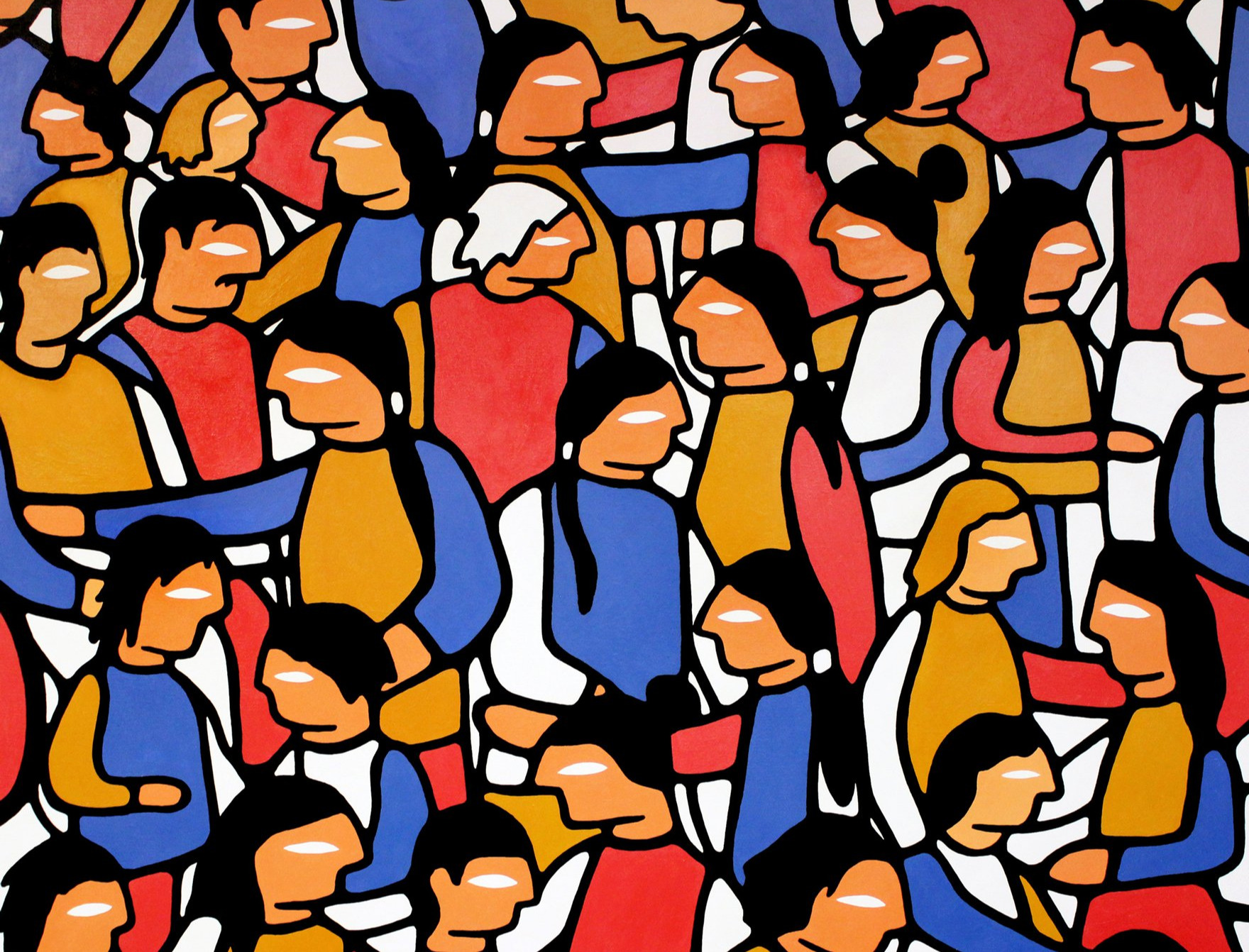
According to the UN, there are about 5,000 different indigenous groups in 90 countries, numbering 370 million people and representing five percent of the world's population
United Nations, August 10 (RHC)-- The world community celebrates the International Day of Indigenous Peoples every August 9th, following a decision of the United Nations General Assembly to have a date to recognize these populations, their cultural heritage and their role in the protection of biodiversity.
According to the UN, it is a very diverse community. There are around 5,000 different groups in 90 countries, totaling 370 million people and representing 5 percent of the world's population.
These peoples live in areas that cover 22 percent of our planet's land surface and 80 percent of its biodiversity. They contribute to the protection of soils, water basins, flora and fauna, thus benefiting all of humanity.
The lack of political will and public strategies that take these peoples into account creates many problems for the preservation of their cultural heritage and traditional knowledge.
As a result, modern societies are alienated from a worldview that promotes harmony with the environment and concern for the future of planet Earth.
According to experts, the agricultural practices of Indigenous peoples are resilient to climate change. The use of terraces for cultivation is cited as a practice that stops erosion and as an example of systems that are appropriate for coping with temperature changes and increasingly intense weather phenomena.
Some of the species cultivated by these Indigenous communities are also considered resilient, as they are better adapted to drought, floods or other extreme conditions that originate in very changing climatic contexts.
These peoples relate to the natural environment as a collective property and respect it, hence their role as protectors of natural resources, forests and rivers. Scientists link the preservation of the phytogenetic heritage and animal species to the care of forests, rivers, lakes and pastures that indigenous peoples put into practice as a philosophy of life.
Food experts point out that Indigenous communities consume native crops with high nutrient content. Crops such as quinoa, oca and moringa can help broaden the food base for the rest of humanity and reduce dependence on products such as wheat, rice, potatoes and corn.
For these and other reasons, the Food and Agriculture Organization of the United Nations (FAO) considers indigenous peoples as allies in the struggle to protect the environment, find solutions to climate change and eradicate hunger.

